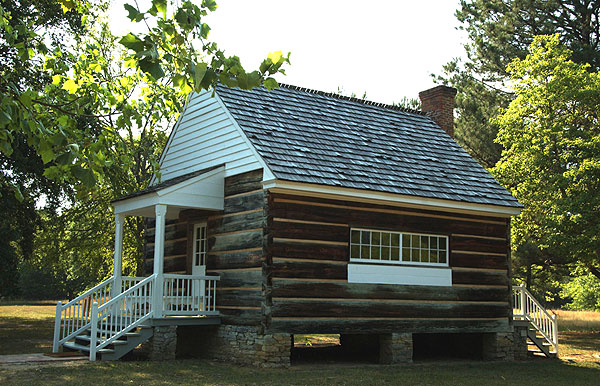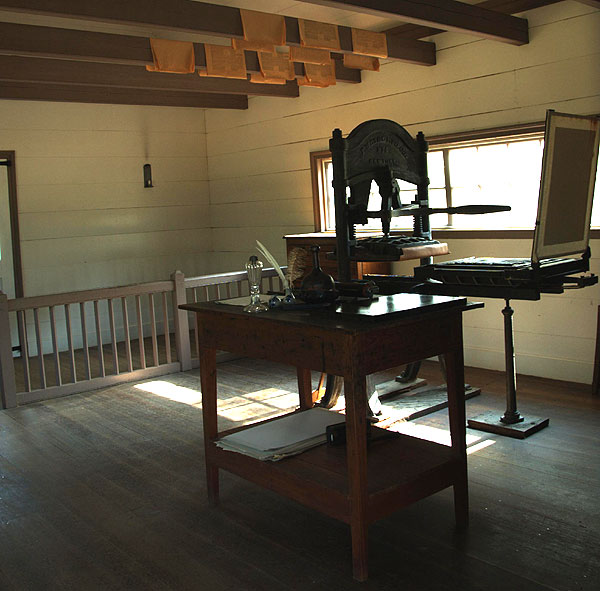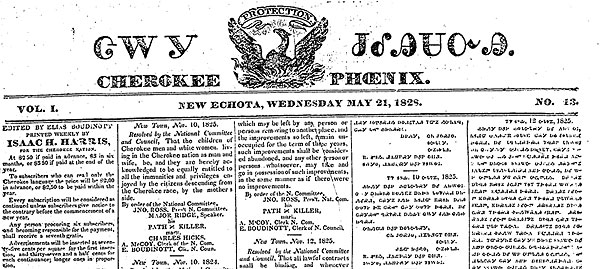Today marks the 186 year anniversary of the first publication of an American Indian newspaper. On February 21, 1828 the first issue of the Cherokee Phoenix was published. The paper was bilingual, printed in both the Cherokee syllabary and English. The Cherokee syllabary was developed by Sequoyah and introduced to the Cherokee people in 1821. Within just a few months, many Cherokee could read and write in their native language.

Increasingly, whites were settling within the boundaries of the Cherokee Nation and states like Georgia were trying to lay claim to the Cherokee land. The election of Andrew Jackson, an outspoken advocate for Indian removal, further imperiled the Cherokee. The Phoenix gave the Cherokee Nation the means with which to inform the Cherokee people of the passing of the Indian Removal Act, as well as the outcome of the two Supreme Court cases which affected the Cherokee Nation’s right to remain on their land.

In 1834 the paper could not afford to continue printing, and in 1835 the press was stolen by the Georgia Guard in an effort to prevent any further anti-removal publications from being printed. Also, in 1835 a small group of Cherokee signed a Treaty which would enable the Cherokee Nation to be removed from their land. One of those who signed the Treaty was former editor Elias Boudinot. He was later killed for his actions in enabling the removal to happen. The vast majority of the Cherokee Nation continued to oppose removal, and remained on their land until 1838 when they were forcibly removed on what is now known as the Trail of Tears.

In the later part of the 20th century when the Cherokee Nation was reconstituted, the newspaper was revived as well. Today the Cherokee Phoenix is published monthly and has a strong online presence. The paper continues to inform subscribers of issues which affect the Cherokee people.
Happy anniversary to the Cherokee Phoenix!